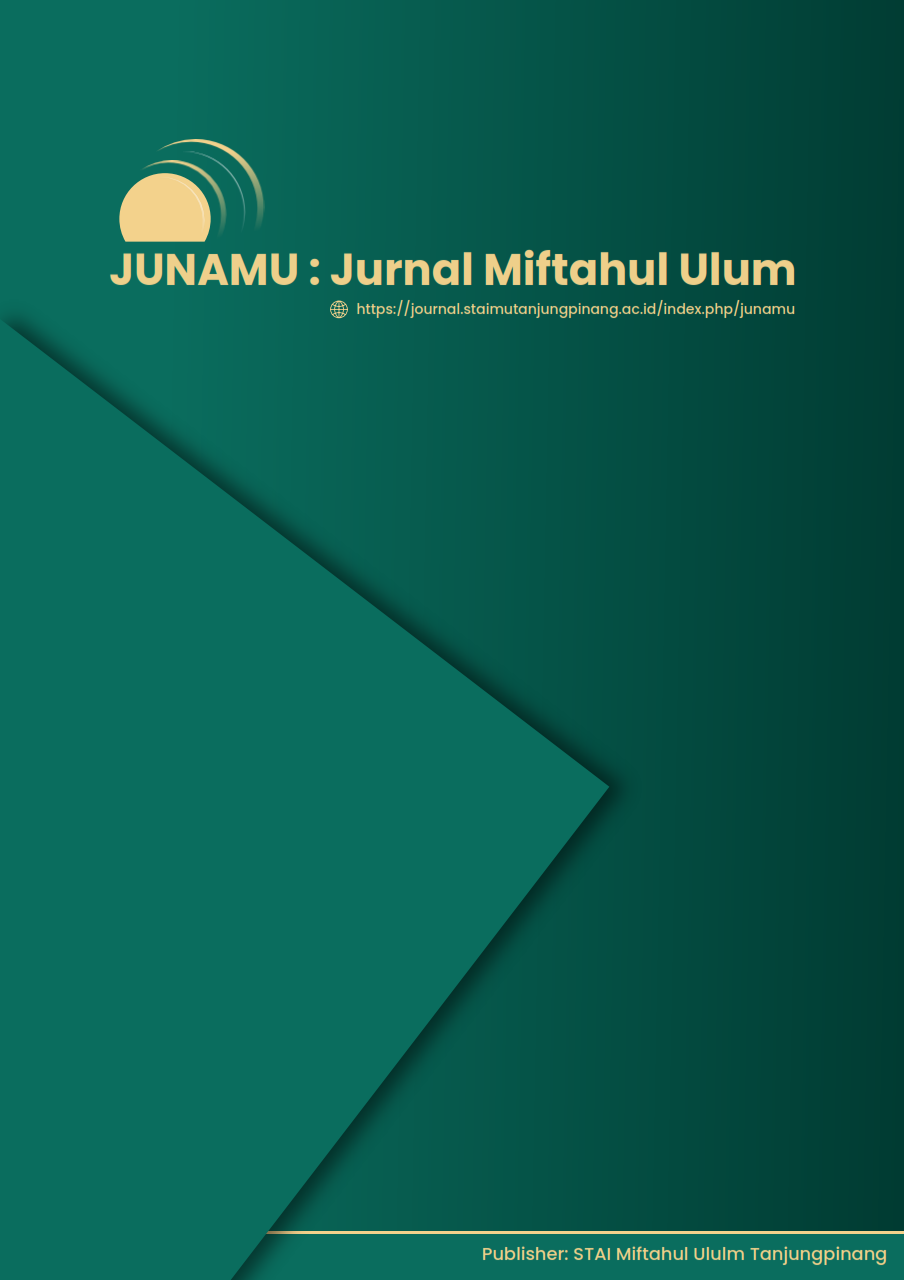ICT Implementation In English Class In Globe School 1 Batam: Students’ And Teachers’ Perception
Abstract
It's interesting to see how students are becoming more versatile and utilizing technology for learning. It will be used by students in the twenty-first century to satisfy ISTE standards and provide solutions for teachers who are still struggling to figure out how to adequately integrate technology to fulfill the standards' requirements for instructors. This study sought to understand how teachers and students experienced about using ICT in English classes at Globe 1 Batam. The school has active and ready-to-use ICT resources, but it's possible that the English teacher lacks sufficient expertise in promoting ICT in the classroom. The study employed a mixed-method research design and the ASSURE model. A total of 24 students 13 from the 9th grade and 11 from the 12th grade as well as teacher A, the English teacher for junior and senior high school, participated in this study. Four students were interviewed, and a questionnaire was completed by the team. Students demonstrate strong ICT proficiency, but teachers continue to feel that they're lacking. The results of the questionnaire indicate that the students are tech-savvy, which implies the teacher has potential. As a result, in order to assist the teacher in meeting the ISTE standards for educators, the team intends to facilitate her work by creating a video tutorial. This will enable the teacher to create her own assignments using Google Docs or other collaborative tools in the future.
References
Abdellatif, Z. (2015). Exploring students’ perceptions of using PowerPoint in enhancing their active participation in the EFL classroom action research study. Journal of Literature, Languages and Linguistics, 5, 36–39.
Albiladi, W. S., & Alshareef, K. K. (2019). Blended learning in English teaching and learning: A review of the current literature. Journal of Language Teaching and Research, 10(2), 232–238.
Basri, M., & Paramma, M. A. (2019). EFL students’ perspective on the usefulness of ICT based learning in Indonesian higher education. ELT Worldwide, 6(2), 105–120.
Bayucca, S. (2020). Teachers’ Information and Communication Technology (ICT) Skills Assessment: Basis for a Comprehensive ICT Training Program. International Journal of Education, Science, Technology, and Engineering, 3(2), 85–93.https://doi.org/10.36079/lamintang.ij este-0302.160
Care, E., Kim, H., Vista, A., & Anderson, K. (2018). Education System Alignment for 21st Century Skills: Focus on Assessment. Center for Universal Education at The Brookings Institution.
Christopher Pappas. (2023, April 16). What’s The ASSURE Instructional Design Model Https://Elearningindustry.Com.
David Moursound. (2016, June). ISTE Standards: For Students. Iste.Org.
David Moursund. (2018). ISTE Standards: For Students. Https://Iste.Org.
Dian Wahyuni. (2018). Peraturan Menteri Pendidikan Dan Kebudayaan Republik Indonesia Nomor 36 Tahun 2018 Tentang Perubahan Atas Peraturan Menteri Pendidikan Dan Kebudayaan Nomor 59 Tahun 2014 Tentang Kurikulum 2013 Sekolah Menengah Atas/Madrasah Aliyah.
Jan, S. (2018). Investigating the Relationship between Students’ Digital Literacy and Their Attitude towards Using ICT. International Journal of Educational Technology, 5(2), 26–34.
Karunakaran, S., & Dhanawardana, R. (2023). Integration of ICT in the Teaching-Learning Process: Challenges and Issues Faced by Social Science Teachers. European Journal of Education and Pedagogy, 4(4), 24–30. https://doi.org/10.24018/ejedu.2023. 4.4.696
Khan, N. M., & Kuddus, K. (2020). Integrating ICT in English Language Teaching in Bangladesh: Teachers’ Perceptions and Challenges. Rupkatha Journal on Interdisciplinary Studies in Humanities, 12(5).
Kuzembayeva, G., Taganova, A., Spulber, D., & Maydangalieva, Z. (2022). Teachers’ perspectives on using information and communication technology in the secondary school practice: a case study. Journal of Social Studies Education Research, 13(3), 79–97.
Nita, F. R., Astiandani, F. R., Wicaksono, A. L., & Janah, K. E. N. (2022). Using ADDIE model to develop learning materials of the test of English proficiency in Edmodo. EnJourMe (English Journal of Merdeka): Culture, Language, and Teaching of English, 7(1), 62–77.
Payal, K. (n.d.). VK (2018). Learning with ICT: use & barriers from teachers’ perceptions. International Journal of Recent Scientific Research, 9(1), 23545–23548.
Prihatmi, T. N. (2021). Assure Model for Teaching Speaking Online: Teacher Self Reflections. JURNAL JILP (Jurnal Ilmiah Langue and Parole), 4(2), 6–12.
Ramadhan, S., Sukma, E., & Indriyani, V. (2019a). Teacher competence in utilizing digital media literacy in education. Journal of Physics: Conference Series, 1339(1), 012111. https://doi.org/10.1088/1742- 6596/1339/1/012111
Ramadhan, S., Sukma, E., & Indriyani, V. (2019b). Teacher competence in utilizing digital media literacy in education. Journal of Physics: Conference Series, 1339(1), 012111. https://doi.org/10.1088/1742- 6596/1339/1/012111
Ratnawati, D., Wijayanti, A., Widodo, W., & Setiadi, B. R. (2020). ICT-based learning media development. Journal of Physics: Conference Series, 1446(1), 012038.
Rusydiyah, E. F., Purwati, E., & Prabowo, A. (2020). How to use digital literacy as a learning resource for teacher candidates in Indonesia. Cakrawala Pendidikan, 39(2), 305–318.
Shatri, Z. G. (2020). Advantages and disadvantages of using information technology in learning process of students. Journal of Turkish Science Education, 17(3), 420–428. https://doi.org/10.36681/tused.2020. 36
Stehle, S. M., & Peters-Burton, E. E. (2019). Developing student 21st Century skills in selected exemplary inclusive STEM high schools. International Journal of STEM Education, 6(1), 39. https://doi.org/10.1186/s40594-019- 0192-1
Taghizadeh, M., & Hasani Yourdshahi, Z. (2020). Integrating technology into young learners’ classes: language teachers’ perceptions. Computer Assisted Language Learning, 33(8), 982–1006.
Thoma, B., Turnquist, A., Zaver, F., Hall, A. K., & Chan, T. M. (2019).
Communication, learning and assessment: Exploring the dimensions of the digital learning environment. Medical Teacher, 41(4), 385–390. https://doi.org/10.1080/0142159X.20 19.1567911







